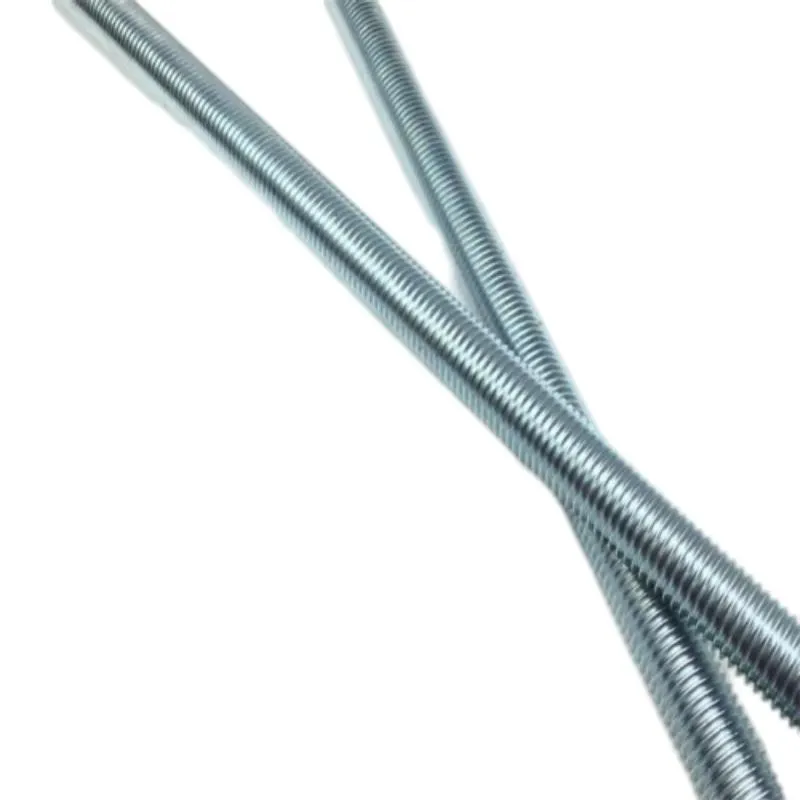sept. . 25, 2024 06:12 Back to list
Understanding the Basics and Applications of Screw Threads in Engineering and Design
The Significance of Screw Threads in Modern Engineering
Screw threads are a fundamental component in various mechanical designs, providing a means to convert rotational motion into linear movement. Their significance extends across multiple industries, from automotive and aerospace to construction and consumer electronics. In essence, screw threads allow for the secure fastening of components, facilitating assembly and disassembly while ensuring structural integrity.
The basic principle behind screw threads is rather simple. A screw thread comprises a helical ridge wrapped around a cylindrical surface, which engages with a corresponding threaded hole or nut. This ingenious design allows for high levels of clamping force when the screw is tightened, making it indispensable in securing parts together. The friction generated between the mating surfaces prevents loosening under normal working conditions, making threaded fasteners reliable.
Various types of screw thread profiles exist, each adapted for specific applications
. The most common are the triangular thread, such as the Unified Thread Standard (UTS) in the United States, and the metric thread, widely used internationally. Each profile has its own set of specifications, including pitch (the distance between threads), diameter, and thread angle, tailored to meet different torque requirements and load conditions.screw thread

Beyond their role in fastening, screw threads are essential in mechanisms that require precise linear movement. Lead screws, for example, employ a threaded shaft to convert the rotational motion of a drive motor into linear motion. They are widely used in applications such as CNC machines and 3D printers, where precision and control are paramount. In such cases, the choice of thread pitch influences the speed and force required to move loads, illustrating how critical thread design is to performance.
Moreover, screw threads play a crucial role in enabling adjustability within mechanical systems. Many devices, such as camera tripods or adjustable shelves, utilize threaded components to allow users to easily modify the height or position of parts. This user-friendly feature enhances the versatility of products, making them more appealing to consumers.
The manufacturing processes used to create screw threads have also evolved significantly over time. Traditional methods, such as cutting and grinding, have been supplemented by advanced techniques like computer numerical control (CNC) machining and additive manufacturing. These innovations have increased production accuracy and efficiency, allowing for the creation of highly specialized custom threads that meet the unique demands of modern engineering.
In conclusion, screw threads are an indispensable element of contemporary engineering, providing solutions for fastening, movement, and adjustability across different applications. Their design and manufacturing processes have undergone continuous improvement, reflecting the need for precision and efficiency in an ever-evolving technological landscape. As industries continue to innovate, the importance of screw threads will undoubtedly remain vital in developing reliable and effective mechanical systems.
-
The Ubiquitous Reach of DIN934 in Application Realms
NewsMay.16,2025
-
Exploring Different Bolt Types
NewsMay.16,2025
-
Cracking the Code of Sleeve Anchor Mastery
NewsMay.16,2025
-
Clamp Design Principles,Types and Innovations
NewsMay.16,2025
-
Artistry Inspired by the Humble Anchor Bolt
NewsMay.16,2025
-
A Deep Dive into Screw Types
NewsMay.16,2025


